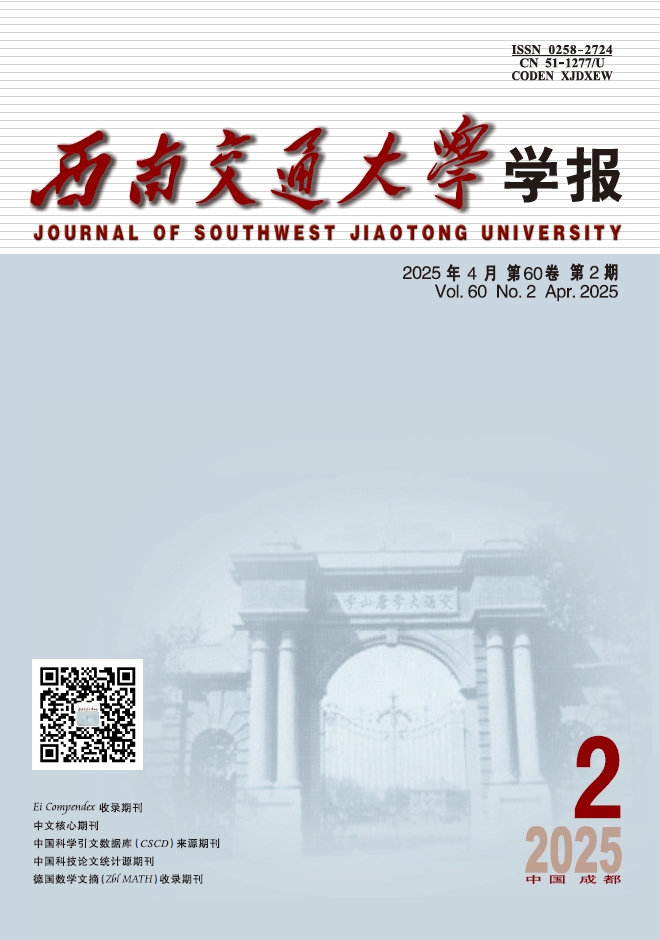2012 Vol. 25, No. 3
Measurement Foundation of Railway Track Geometrical Parameters Based on Strapdown Inertial Technique
2012, 25(3): 355-360.
doi: 10.3969/j.issn.0258-2724.2012.03.001
Abstract:
Calculation of Braking Force of Continuous Welded Rail on Large-Span Steel Truss Cable-Stayed Bridge
2012, 25(3): 361-366.
doi: 10.3969/j.issn.0258-2724.2012.03.002
Abstract:
Exprimental Study on Acceleration of Landfill Stabilization Process Using Bioaugmentation Technology
2012, 25(3): 533-537.
doi: 10.3969/j.issn.0258-2724.2012.03.028
Abstract:




 Advance Search
Advance Search
 Email alert
Email alert RSS
RSS [Abstract]
[Abstract] PDF 707KB
PDF 707KB Supplements
Supplements [Cited By]
[Cited By]